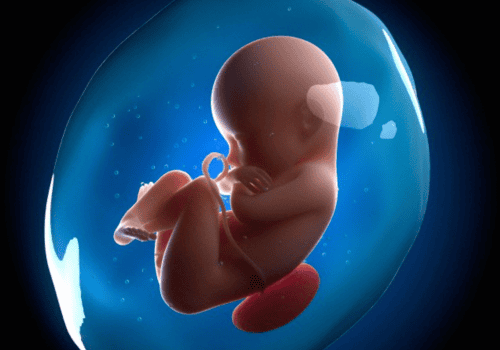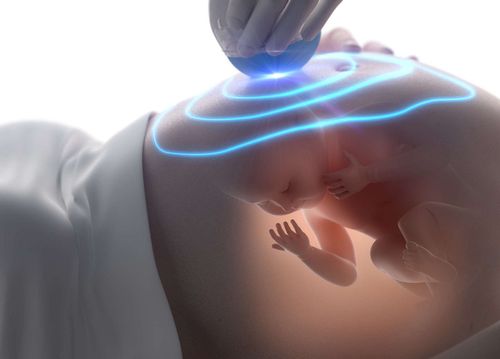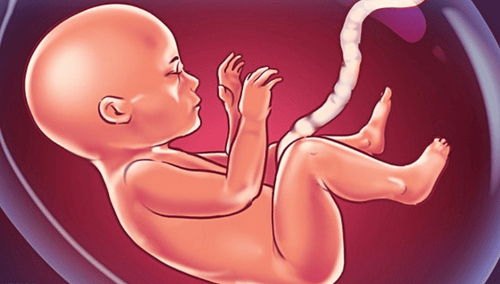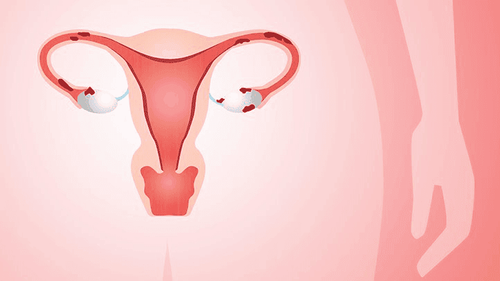This is an automatically translated article.
The article was professionally consulted by Specialist Doctor I Le Hong Lien - Department of Obstetrics and Gynecology - Vinmec Central Park International General Hospital. Doctor Lien has over 10 years of experience as a radiologist in the Department of Ultrasound at the leading hospital in the field of obstetrics and gynecology in the South - Tu Du Hospital.Intrauterine growth retardation can lead to premature birth, miscarriage, and birth defects that are more susceptible to disease and birth defects than other infants. Therefore, timely detection and intervention will help prevent unfortunate consequences for both mother and fetus.
1. What is intrauterine growth retardation?
In practice, the concept of intrauterine growth retardation includes fetal weight at the time of examination and fetal growth. In order to determine if the fetus really has growth retardation or growth retardation, it is necessary to measure the size and estimate the weight of the fetus at at least 2 consecutive visits 1 week apart. Depending on the author, depending on the research group, the limit of intrauterine growth retardation varies, below the 10th, 5th or 3rd percentile line.2. Methods to recognize intrauterine growth retardation
Early diagnosis of intrauterine growth retardation helps to provide appropriate treatment measures, limiting the unfortunate consequences that may occur. According to the guidelines for diagnosis and treatment of the Ministry of Health, there are methods to help identify intrauterine growth retardation, including:Clinical symptoms: The disease has no specific signs, so it is difficult to diagnose. disease if only based on symptoms Ultrasound: is an effective method to help diagnose the disease. During the ultrasound, the doctor will compare the biological measurements of the fetus with the standard measurements to evaluate the balanced or disproportionate intrauterine growth retardation Biparietal diameter index: up to 70% cases of intrauterine growth retardation with biparietal diameter smaller than gestational age Abdominal circumference index: This is the most commonly used index to predict intrauterine growth retardation. The index of abdominal circumference has a higher predictive value of intrauterine growth retardation than the index of bidiameter diameter, head circumference and femoral length. In some cases, the mother does not remember the exact date of the menstrual period, so the gestational age cannot be determined, if the growth rate of the abdomen is less than 10 mm in 15 days, it can be thought of the intrauterine growth retardation. Femoral length index: This index has no special value in diagnosing intrauterine growth retardation.

3. Treatment of fetal growth retardation in utero
Currently, there is no cure for intrauterine growth retardation, mainly regular check-ups, monitoring and intervention when necessary. Pregnant women with growth retardation need rest, relaxation, and adequate nutrition. Doctors will perform tests to find out the cause of the delay in fetal growth. If the abnormality is due to chromosomes, multiple malformations, the pregnancy should be terminated. Termination of pregnancy is also considered in the following cases:Pregnancy over 31 weeks with poor fetal heart rate fluctuations, intermittent fluctuations over a number of follow-up visits, isolated bradycardia, prolonged , repeated many times Pregnancy from 34 weeks of age with umbilical artery Doppler results with zero diastolic flow and abnormal cerebral artery Doppler, fetal progress has been stopped at 37 weeks of age with abnormal umbilical artery Doppler , cerebral artery, monitor. At birth, if there are no contraindications or are not included in the cases of fetal distress, oligohydramnios, breech position, low placenta, a caesarean section may be indicated and a neonatal resuscitator must always be involved. surgery.
Please dial HOTLINE for more information or register for an appointment HERE. Download MyVinmec app to make appointments faster and to manage your bookings easily.














